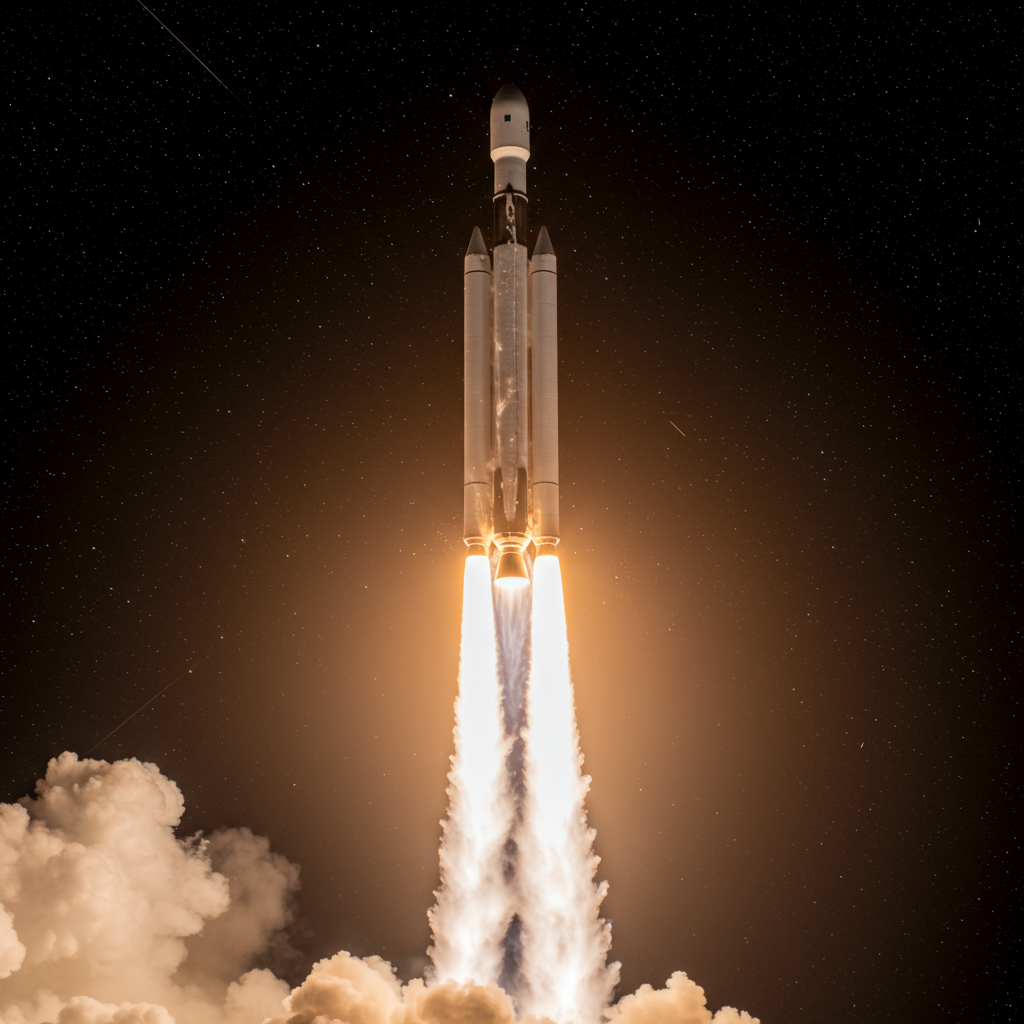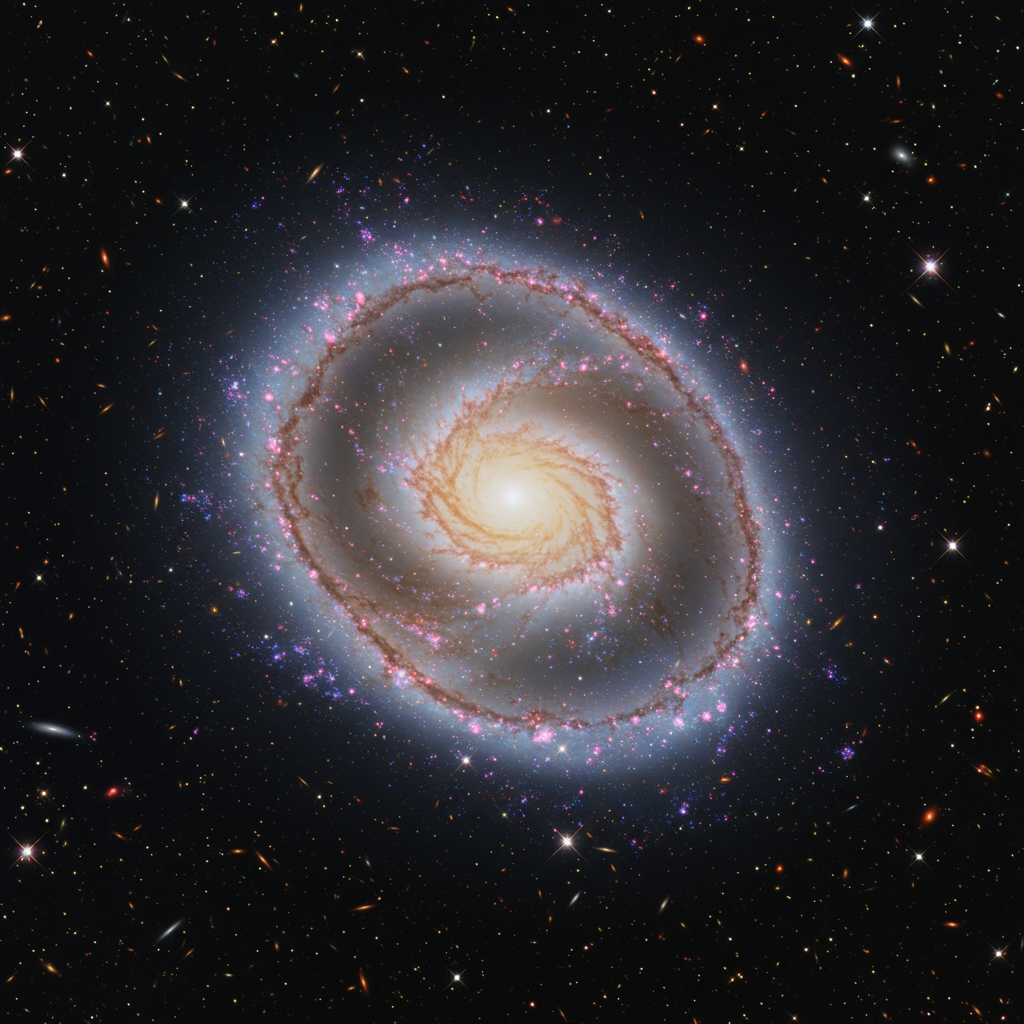SpaceX and Axiom Space’s upcoming private astronaut mission, Ax-4, which had been delayed, now has a new potential launch window. NASA has indicated that the earliest opportunity for the mission to lift off for the International Space Station (ISS) could be June 19. This scheduling update comes as teams continue to investigate a complex pressure anomaly detected within the orbiting laboratory’s Russian segment.
The Ax-4 mission, set to carry a diverse crew of four private astronauts, was initially scheduled to launch on June 11 from NASA’s Kennedy Space Center. However, it faced two separate postponements. The first delay occurred just the evening before the planned launch due to a liquid oxygen leak found in the engine bay of the SpaceX Falcon 9 rocket’s first stage booster (B1094). SpaceX engineers successfully addressed and verified this leak fix, including via a tanking test.
Investigating the ISS Leak Anomaly
The subsequent and current delay stems from an investigation into a newly observed pressure signature within the ISS itself. Specifically, the focus is on the PrK vestibule, a transfer tunnel located at the aft end of the Russian Zvezda service module that connects a docking port to the rest of the module.
This vestibule has been the site of a small, persistent air leak for several years, despite previous efforts by the Russian space agency Roscosmos to seal it. The PrK is typically sealed off from the main interior of the station.
The recent investigation was triggered after Russian cosmonauts performed work to seal cracks observed in the PrK vestibule in another attempt to resolve the long-standing leak. Following this work, engineers noted that the pressure within PrK remained stable, rather than dropping slightly as it had previously.
NASA has presented two potential explanations for this stable pressure signature:
- The recent sealing efforts were successful, and the small leaks have indeed been eliminated.
- A small amount of air is flowing into the transfer tunnel across the hatch seal that separates PrK from the main section of the space station, effectively maintaining the pressure.
- Eye Shape Changes: Testing active pharmaceutical ingredients in contact lens inserts designed to prevent the vision issues and eye shape changes commonly experienced by astronauts.
- spacenews.com
- www.nasaspaceflight.com
- timesofindia.indiatimes.com
- www.indiatoday.in
- www.teslarati.com
The primary concern for NASA and Roscosmos appears to be the condition of this specific hatch seal. If degraded, it could pose additional issues for the station’s structural integrity and atmosphere control. Teams are actively evaluating the condition of both the transfer tunnel and the hatch seal by intentionally changing the pressure within the vestibule and monitoring its behavior over time. Progress in this assessment has allowed for the planning of new launch opportunities, with June 19 identified as the earliest date.
Understanding the Severity of ISS Leaks
The ongoing leak issues, particularly in the Russian segment, are not new and have been a growing concern for the ISS partners. Reports from 2023 noted the discovery of four considerable cracks and nearly 50 other concerning areas within the aging Zvezda module. These findings led NASA to elevate the leak problem to a top-level safety risk classification. Recent reports also indicate that leak rates within the Russian segment had reached record highs.
As a precautionary measure due to the persistent leaks, access to the affected Russian module has been restricted. The hatch leading to this segment is opened only for critical operations. During these times, NASA mandates that its astronauts remain on the U.S. side of the station, specifically close to their docked SpaceX Crew Dragon spacecraft, to ensure they are positioned for a rapid emergency evacuation if necessary. Investigations into the cause of the leaks continue, with deterioration of weld points within the aging structure being a primary focus.
Ax-4: A Mission of Firsts and Ambitious Science
Despite the delays caused by the ISS anomaly, the Ax-4 mission itself represents significant milestones and an ambitious scientific agenda. This private astronaut mission is planned to last approximately 14 days once docked to the station.
The crew consists of Commander Peggy Whitson (USA), Pilot Shubhanshu Shukla (India), Mission Specialist Sławosz Uznański-Wiśniewski (Poland/ESA), and Mission Specialist Tibor Kapu (Hungary/HUNOR). The mission carries the slogan “realize the return” and is notable as it marks the first time India, Poland, and Hungary will have a human presence aboard the ISS during its quarter-century in orbit, building on their prior individual spaceflights.
For India, the mission is particularly significant as it features Indian Air Force pilot Shubhanshu Shukla, one of ISRO’s newest astronauts and part of the nation’s Gaganyaan human spaceflight program. Shukla is scheduled to conduct seven experiments designed by India, in addition to participating in joint studies with NASA while aboard the station.
Ax-4 is slated to be the most research-intensive Axiom mission to date, featuring nearly 60 scientific investigations originating from 31 different countries. Key research examples include:
Diabetes Management in Microgravity: The “Suite Ride” initiative, a collaboration with Burjeel Holdings, will test Continuous Glucose Monitors (CGMs) and assess insulin stability to pave the way for future astronauts with insulin-dependent diabetes and provide insights for remote healthcare on Earth.
Muscle Fiber Regrowth: A joint NASA/ISRO study examining muscle deterioration and potential regenerative strategies using stem cells, with implications for both spaceflight health and combating muscle loss on Earth.
Wearable Technology Assessment: Testing the effectiveness of smartwatches and other wearable health monitors in the space environment.
Medicine Shelf Life: An experiment exploring methods to protect medicines from cosmic radiation to extend their usability in space and potentially improve storage on Earth.
The mission will utilize SpaceX’s Falcon 9 booster B1094 (on its second flight) and the Crew Dragon capsule C213 (on its first flight). The mission’s zero-G indicator, a plush baby swan named Joy, symbolizes grace and the shared aspirations of the participating nations.
Broader Context: The Future of the ISS
The recurring leak issues highlight concerns about the aging International Space Station. This incident provided another opportunity for SpaceX founder and CEO Elon Musk to publicly advocate for an earlier retirement of the station, suggesting it be de-orbited within two years due to age and potential safety risks. Musk believes deep space Starship missions could eventually fill the research and activity gap, though details on replicating ISS operations in that context are sparse.
Musk’s stance contrasts with the current official plan, which projects the ISS operating until around 2030. NASA’s fiscal year 2026 budget proposal supports this timeline, although it also includes proposed budget cuts that could potentially reduce the station’s crew size and research capabilities. The agency is planning for a transition to commercially operated space stations being developed by private companies like Axiom Space, Blue Origin, and others. However, the mounting structural issues on the aging ISS add urgency to the need for these commercial replacements, and there remains some uncertainty about whether they will be fully operational before the ISS is decommissioned.
As teams continue to assess the leak situation and prepare the Falcon 9 and Crew Dragon, the space community awaits confirmation of the final launch date for the Ax-4 mission to deliver its crew and critical scientific payloads to orbit.




